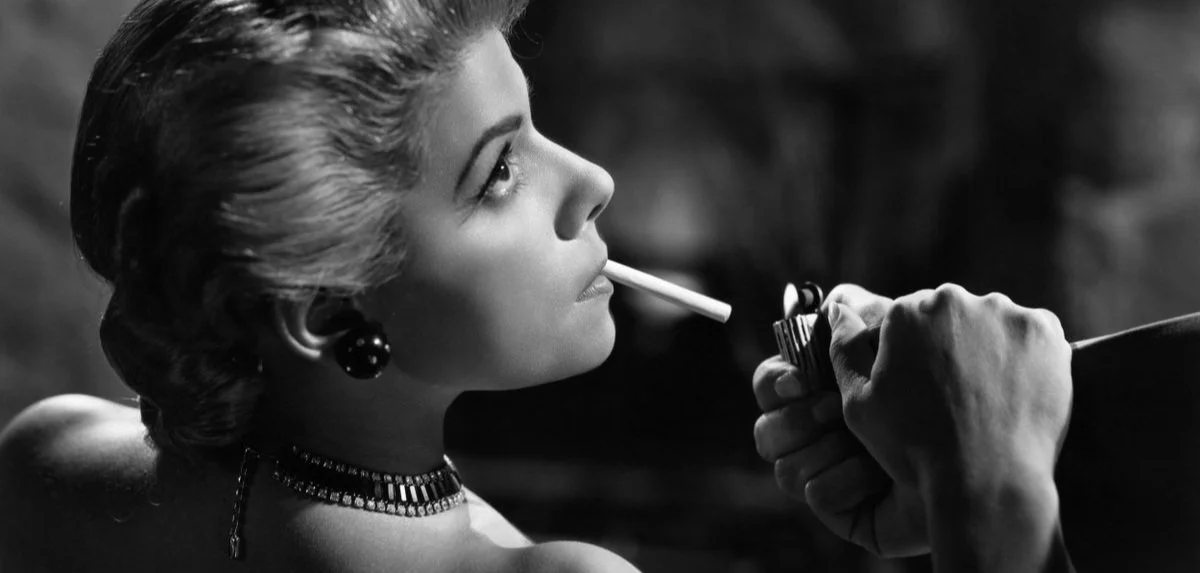By Carlos A. Gutiérrez*
International film culture is still largely dominated by the European arthouse tradition. Despite the discourse around diversity and the need to democratize film culture, there remains a predominant divide between high and low art in cinema, particularly in New York City. For the most part, local independent cinemas are still closely tied to the European arthouse legacy of the second half of the 20th century.
A quick glance at New York City’s movie listings reveals numerous retrospectives of American and Western European filmmakers and genre cinema, as well as recent and vintage films from around the world that have been validated by the hegemonic international film festival circuit, led by European festivals such as Cannes, Venice, and Berlin.
The series “Spectacle Every Day: Mexican Popular Cinema,” currently running through August 8 at Film at Lincoln Center, marks a landmark moment for New York City’s film culture. It is the first time a prestigious local film institute has opened its doors to the great tradition of Mexican popular cinema, featuring icons that have been largely overlooked, including idol Pedro Infante, comedian Germán Valdés “Tin Tan,” and the silver-masked luchador El Santo, among many others.
This landmark series also features films directed by filmmakers that have largely been neglected by the canon, including Ismael Rodríguez, Gilberto Martínez Solares, Alejandro Galindo, Chano Urueta, Alberto Gout, and Matilde Landeta.
Mexican cinema has largely been known internationally for its "Golden Era," which spanned roughly two decades during the 1940s and 1950s. This period was crucial in what is traditionally known as national cinema, with a concerted effort to create a vibrant local industry. That “Golden Era” was validated internationally through the figure of filmmakers such as Emilio Fernández, Roberto Gavaldón, Julio Bracho, and Luis Buñuel, actors such as María Félix, Dolores del Río, and Pedro Armendáriz, and cinematographer Gabriel Figueroa.
In the past, other local film institutions such as The Museum of Modern Art and Film Forum have presented series on Mexican cinema of yesteryear or theatrical runs of classic Mexican films. For instance, “Mexico at Midnight: Film Noir from Mexican Cinema’s Golden Age” and a retrospective of Figueroa, both in 2015; a retrospective of Gavaldón in 2008 and 2019; and the theatrical releases of Alberto Gout’s Aventurera (1950) in 1996 and more recently Emilio Fernández’s Victims of Sin (1951) last year, have been notable.
However, the Film at Lincoln Center’s series is the first comprehensive showcase of Mexican popular cinema by a local major cinema institution. The 22-film series, wonderfully programmed locally by Tyler Wilson and Cecilia Barrionuevo, features a wide range of genres, directors, and aesthetics offering a nuanced view of Mexico's cinematic heritage. The program’s lineup expands through the sixties, which rarely gets any attention, as historically it’s been dismissed as the decade that annihilated the “Golden Era.”
As Nicolás Pedrero-Setzer insightfully pointed out in his Screen Slate article on the series, the programmers have done a remarkable job of curating a diverse and representative selection of films. “Its wonderful mix of genres, budgets, and politics advocate for a new understanding of Mexican cinema and the culture that produced it, which is in itself brimful of wild actors and saturated by enduring traditions and ideologies.”
A key figure in reclaiming Mexican popular cinema as a relevant cultural force is Viviana García Besné. Descendant of a longtime family of producers, Producciones Calderón, which produced many of Mexico’s popular films over numerous decades, García Besné has been instrumental in preserving, promoting, and advocating for the revisiting and revaluation of this rich cinematic legacy.
Through her film archive Permanencia Voluntaria, she has overseen the restoration of over a dozen movies including Fernando de Fuentes’ The Phantom of the Monastery (El fantasma del convento, 1934), Joselito Rodríguez’s Santo vs. the Evil Brain (Santo contra el cerebro del mal, 1961) and Santo vs. Infernal Men (Santo contra los hombres infernales, 1961), which marked the cinematic debut of the silver-masked luchador; Julio Bracho’s Take Me in Your Arms (Llévame en tus brazos, 1954) and René Cardona’s The Bat Woman (La mujer murciélago, 1968), both of which are featured in the “Spectacle Every Day.”
Many of these restorations have premiered in some of the most prestigious international film festivals, including Berlin, Rotterdam, and Telluride, building momentum to revisit this rich cinema. In this sense, it is very telling and not that surprising that Mexican popular cinema is arriving in New York via Europe. “Spectacle Every Day” was originally commissioned and presented last year at the Locarno Film Festival, curated by Olaf Möller, highlighting the global interest in Mexican cinema beyond its traditional borders.
By featuring the richness, ingenuity, and heterogeneity of Mexican popular cinema, Film at Lincoln Center’s series is not just a celebration of a vibrant film tradition but a significant step towards a more inclusive and diverse film culture, recognizing the importance of popular cinema—particularly from the Global South—in the international cinematic landscape.
*Carlos A. Gutiérrez is the Co-founding Executive Director of Cinema Tropical






